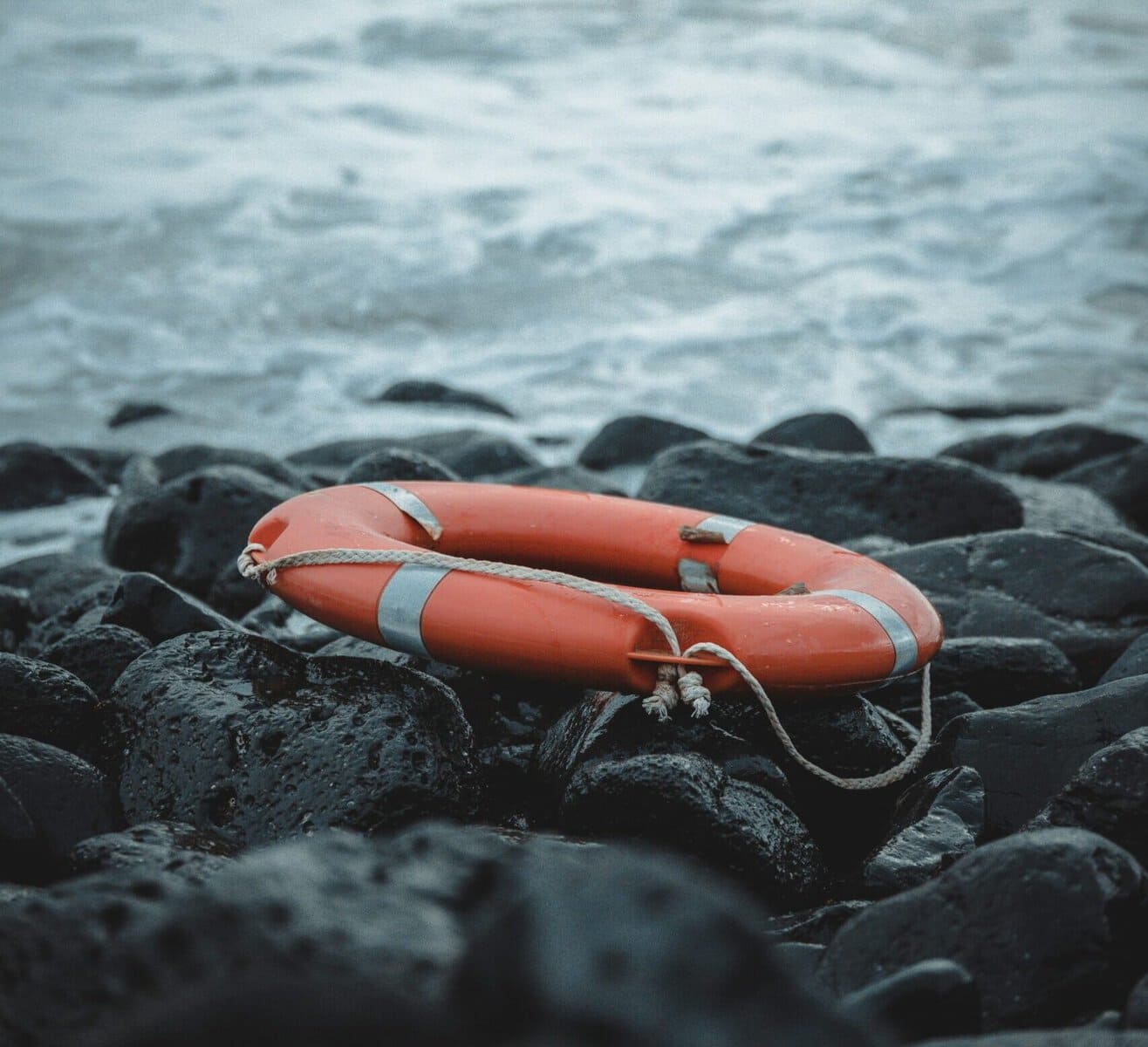Imagine you’re out on the open sea, the sun shining, the waves gently rocking your boat. Everything is perfect—until it’s not. Emergencies can happen in an instant, and having the right safety equipment on board is crucial for peace of mind. That’s where a life ring comes in. A life ring, also known as a lifebuoy or throwable flotation device, is a circular float designed to provide buoyancy and keep a person above water until help arrives
It’s one of the simplest yet most crucial safety tools on any ship or dock, but not all life rings are the same. From size and materials to added features like attached ropes and reflective strips, finding the ideal flotation device can make all the difference. In this guide, we’ll walk you through everything you need to know—so you can stay prepared without compromising on safety or style.
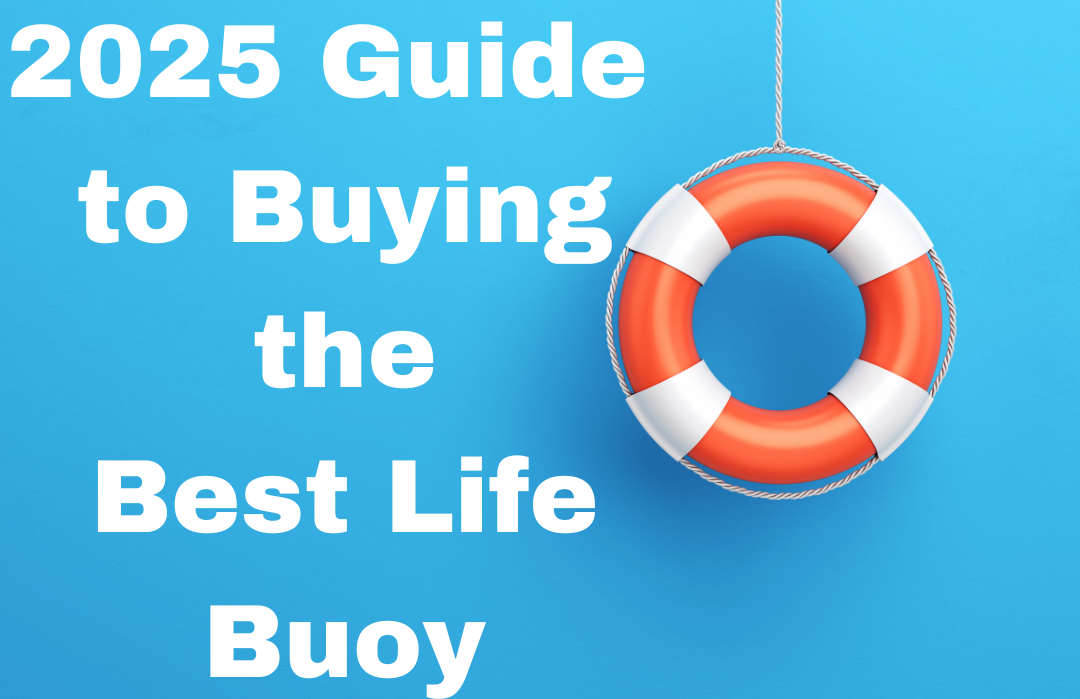
Choosing the Right Life Ring for Your Boaters
1. Match the Life Ring to Your Boat’s Size and Type
Life rings typically come in two standard sizes: 24 inches and 30 inches in diameter. Smaller ships, especially those under 26 feet, may be equipped with 20-inch life rings if certain conditions are met. Therefore it’s important to consider the size and type of your boat to determine the appropriate life preserver size and style.
2. Account for Passenger Capacity and Safety Standards
The number of passengers your boat carries influences the quantity and type of life-saving equipment required. For example, vessels over 200 feet in length must have at least three 30-inch U.S. Coast Guard-approved ring life buoys with lines tethered according to OSHA maritime regulations. The ideal safety setup ensures quick deployment in case of a MOB (man overboard) situation.
3. Evaluate Price and Features for Value
Life rings vary in price based on features and materials. While it’s essential to stay within budget, prioritize life preservers that offer durability and meet safety certifications. Features like anchored lines can enhance functionality, making the investment worthwhile.
4. Opt for Life Rings with Lines Attached
Life rings equipped with attached lines allow for swift retrieval of individuals overboard. This feature enables rescuers to pull someone back to the boat without entering the water, thus reducing risk.
5. Explore Various Materials and Designs
Lifebuoys are available in different materials and shapes, including traditional circular designs and horseshoe-shaped flotation devices. Horseshoe life preservers are particularly popular for ships and docks because of their compact structure and ease of storage.
6. Opt for Life Rings with Quick-Release Systems
Life preservers equipped with quick-release systems allow for swift deployment in emergencies. This feature ensures that the ring can be deployed instantly when someone falls overboard, improving chances of survival in MOB situations.
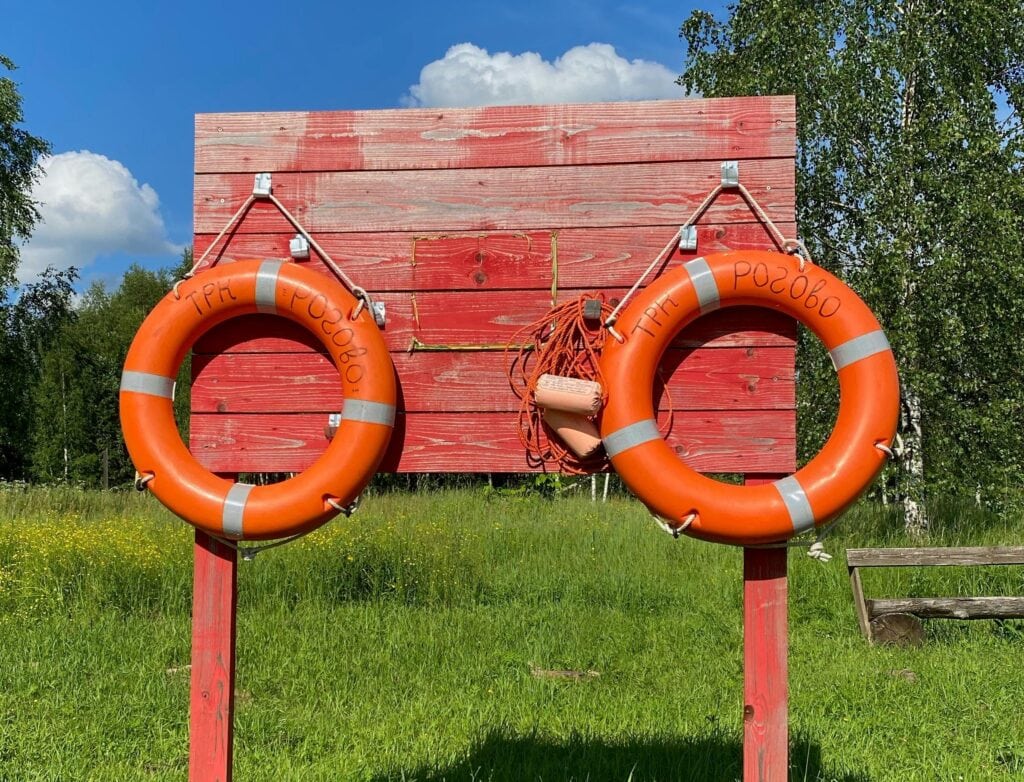
Safety Features of Life Rings
1. Reliable Buoyancy
Life rings are designed to keep a struggling person afloat, reduce fatigue, and increase survival chances until a rescue team arrives. They are a must-have on any boat, whether for leisure or commercial use.
2. Built to Withstand Harsh Conditions
Made from durable, water-resistant materials like polyethylene or foam, lifebuoys can handle exposure to the sun, salt water, and extreme weather without breaking down. Many also have UV protection to prevent fading and cracking over time.
3. High Visibility for Quick Rescue
Most life buoys come in bright colors like orange or red and often include reflective tape. This makes them easy to spot even in low light or rough waters, helping rescuers locate a casualty faster.
4. A Simple but Critical Safety Tool
Unlike life jackets, which need to be worn, a life preserver can be thrown immediately to someone in distress. Many come with a line tethered, allowing rescuers to pull a person back to safety.
5. Coast Guard Certification for Trustworthy Performance
Not all life rings are created equal. To ensure reliability, look for models that meet U.S. Coast Guard (USCG) standards or SOLAS (Safety of Life at Sea) approvals. Approved life rings undergo strict testing for buoyancy, durability, and visibility, making them an ideal choice for rescue operations.

Life Ring Styles and Designs
- Shapes & Designs – Life rings come in traditional circular designs and modern horseshoe shapes. Circular rings are standard, while horseshoe-shaped ones are compact and easier to store.
- Comfort & Usability – Some life rings have a soft, non-slip surface, making them easier to grip and throw in emergencies. A lightweight design can also improve handling.
- Customization Options – Many flotation rings can be personalized with a boat’s name or logo, adding a unique touch. Some also come with reflective strips for better visibility.
- Colors & Aesthetics – Life rings are available in bright, high-visibility colors like orange and yellow for safety, but there are also options in different shades to match your boat’s decor.
- Extra Features – Some life rings come with built-in grab lines or webbing for better grip and faster rescues.

Maintenance and Inspection of Lifebuoy Rings
- Check for Damage: Inspect your life ring regularly for cracks, fading, or any signs of wear that could weaken its structure.
- Examine the Rope: If your flotation ring has a cord attached, check for fraying, tangles, or knots that could affect its usability.
- Storage & Accessibility: Keep the life ring in an easily reachable spot on your boat. Ensure it’s securely mounted to prevent accidental loss.
- Cleaning & Care: Follow the manufacturer’s instructions for cleaning. Rinse with fresh water after exposure to salt or debris to extend its lifespan.
- Replacement: Even with proper care, life preservers degrade over time. Consider replacing yours every few years to maintain top safety standards.
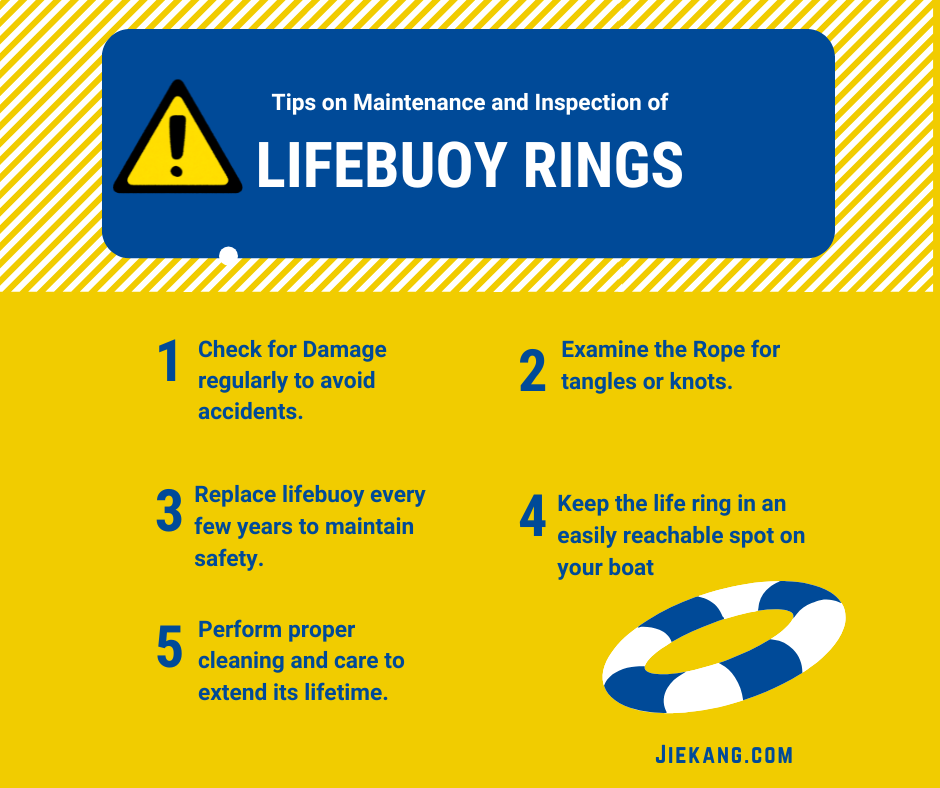
Mounting and Storing Life Rings as Safety Equipment
- Visibility & Accessibility: Mount your life buoy in a clear, easy-to-reach spot so it can be grabbed quickly in emergencies.
- Secure Attachment: Ensure it’s firmly attached to prevent it from being lost or blown overboard in rough waters.
- Proper Storage: When not in use, keep the life ring in a dry, covered area to prevent damage from prolonged sun or moisture exposure.
- Use a Holder or Bracket: A dedicated mounting bracket or storage holder keeps the life buoy secure and readily available on the dock or ship.
- Protect from the Elements: UV rays, salt water, and extreme weather can wear down materials over time. Regularly check and clean the ring to extend its lifespan.
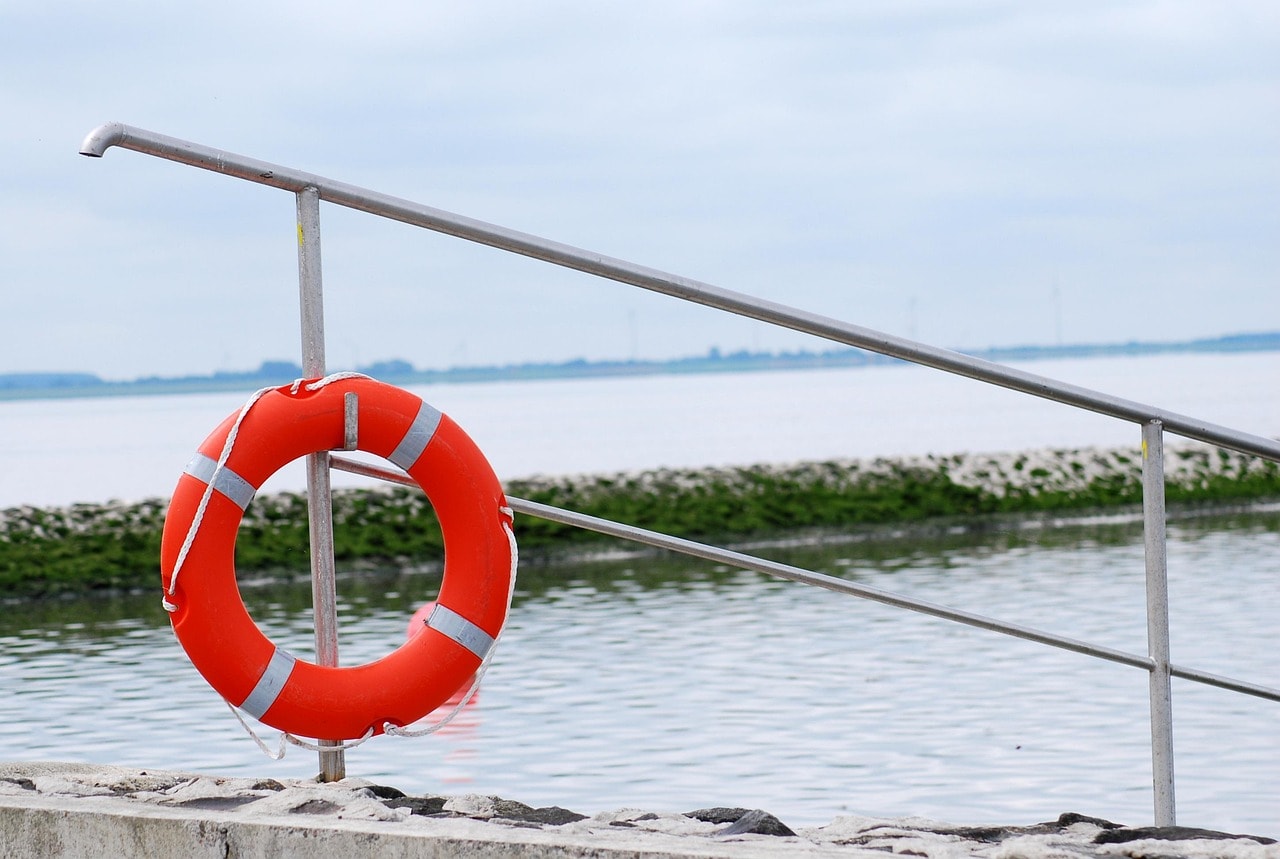
Conclusion
A life ring is more than just a piece of equipment it’s a critical safety tool that can make all the difference in an emergency. Choosing the right one, maintaining it properly, and ensuring it’s always accessible can enhance safety for everyone on board. Whether you’re cruising, fishing, or sailing, having a reliable life ring isn’t just a precaution—it’s a necessity.
At Jiekang, we’re committed to providing high-quality, Coast Guard-approved life buoys that blend safety with durability. Our selection includes various styles, materials, and customization options to fit your boat and personal preference. Explore our collection today on our page and ensure you’re always prepared for the unexpected. Find the ideal life buoy for your vessel at the best price and get fine-tuned protection down to the details.

